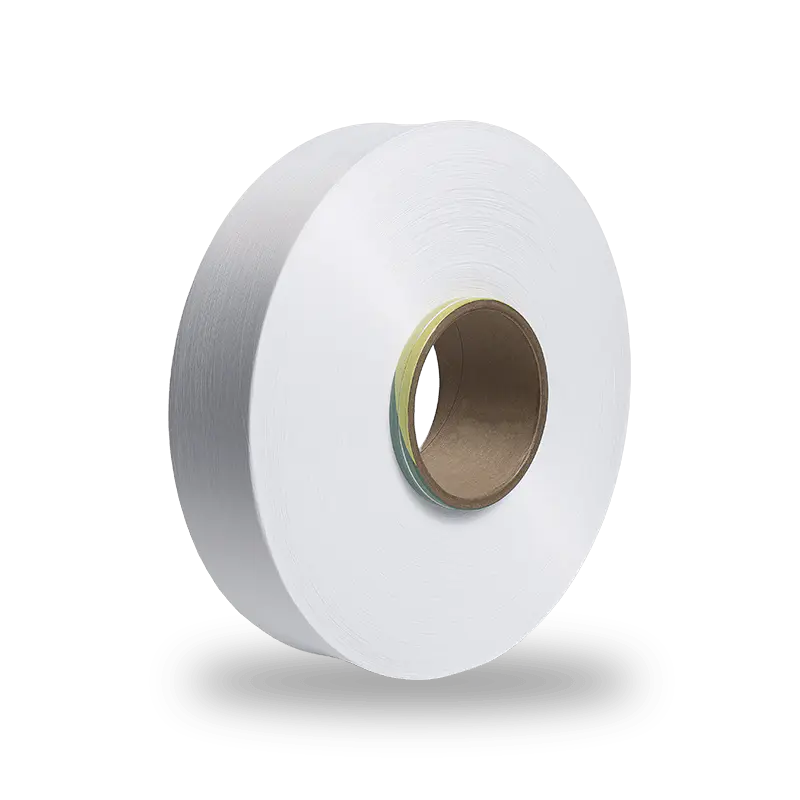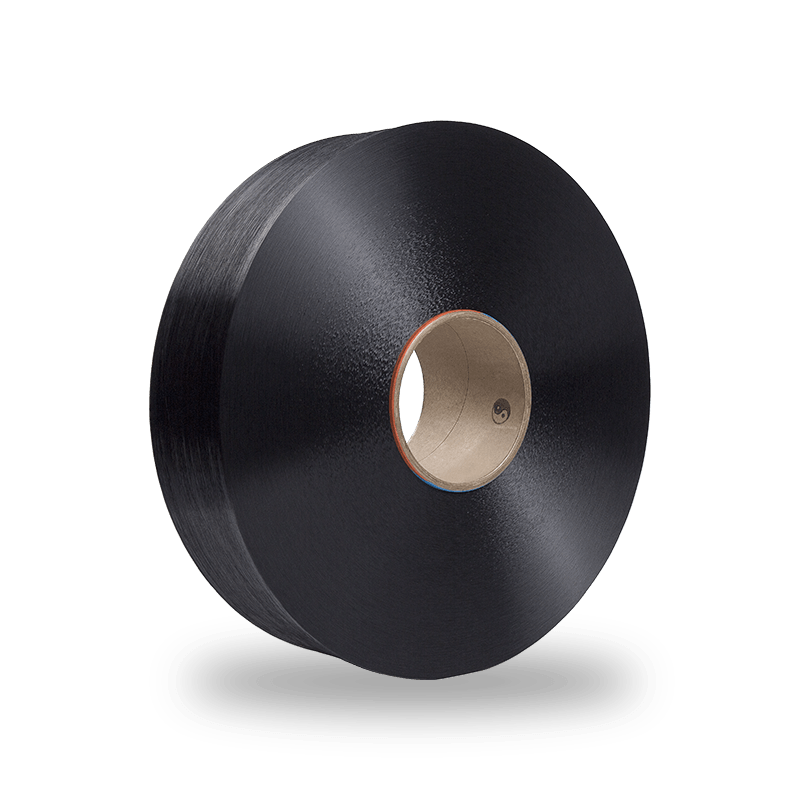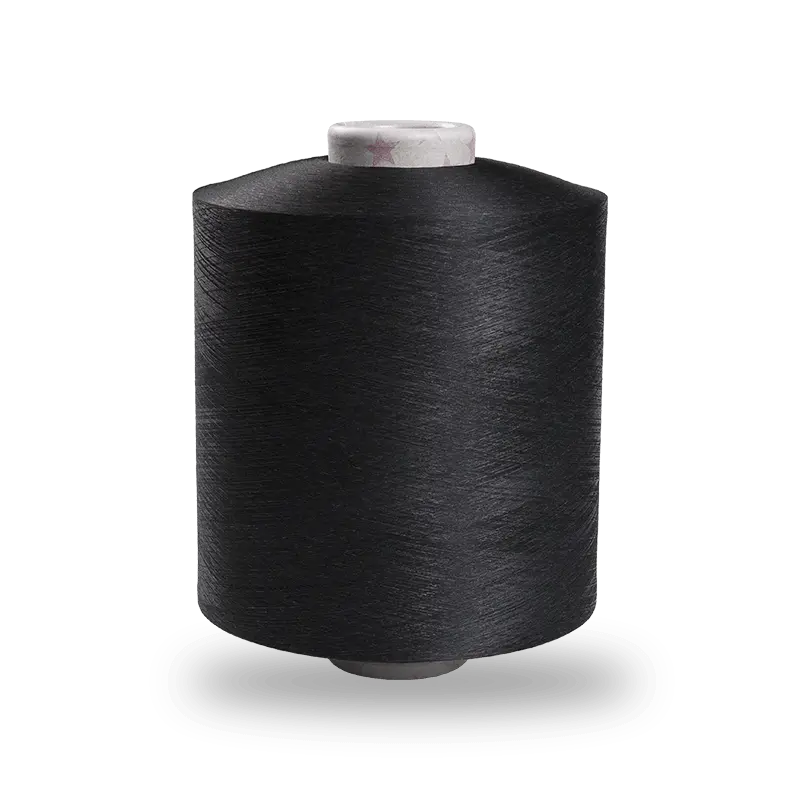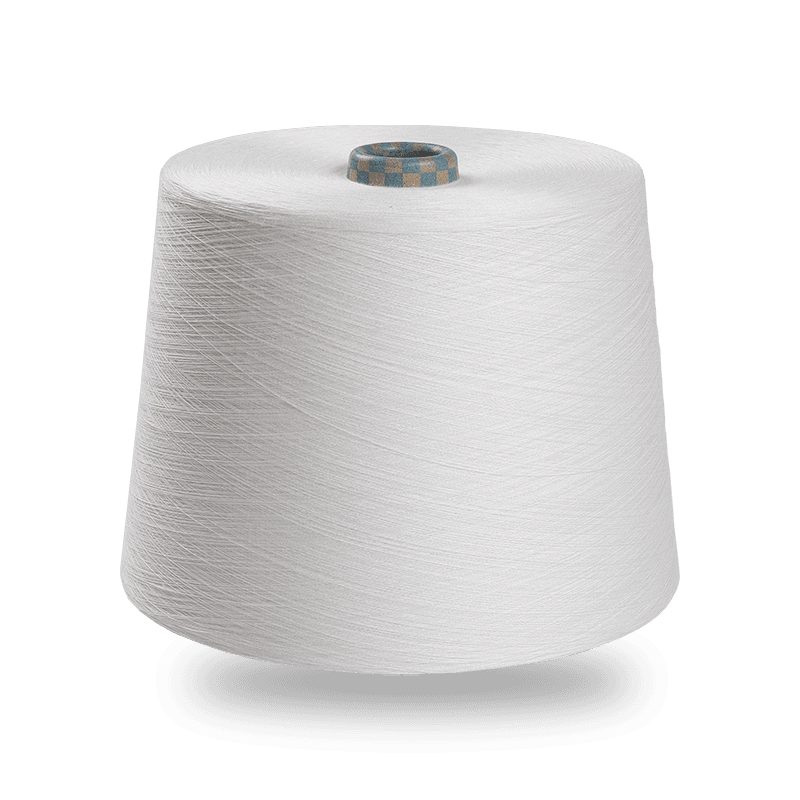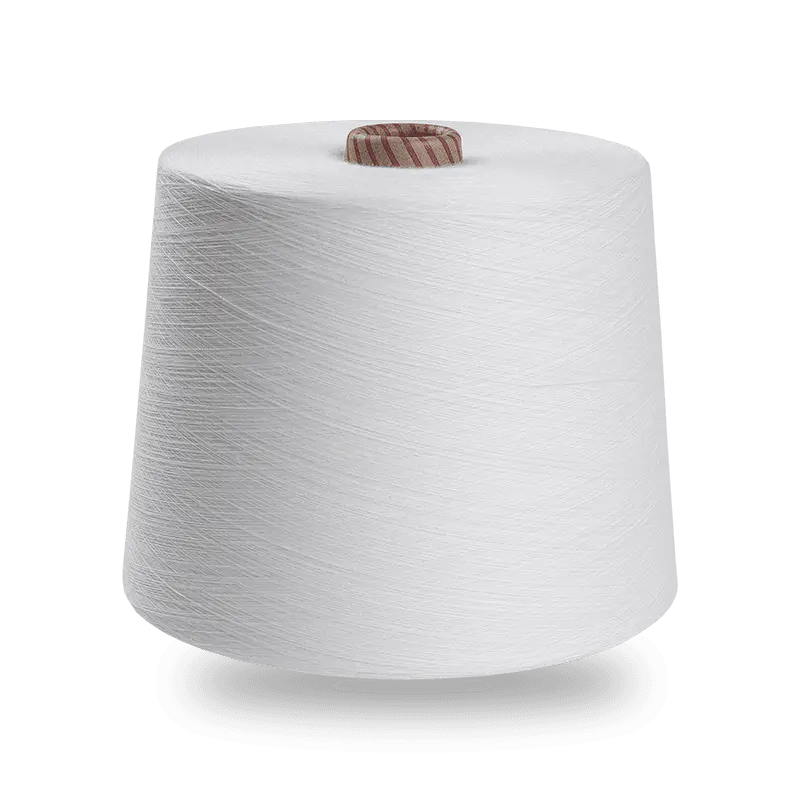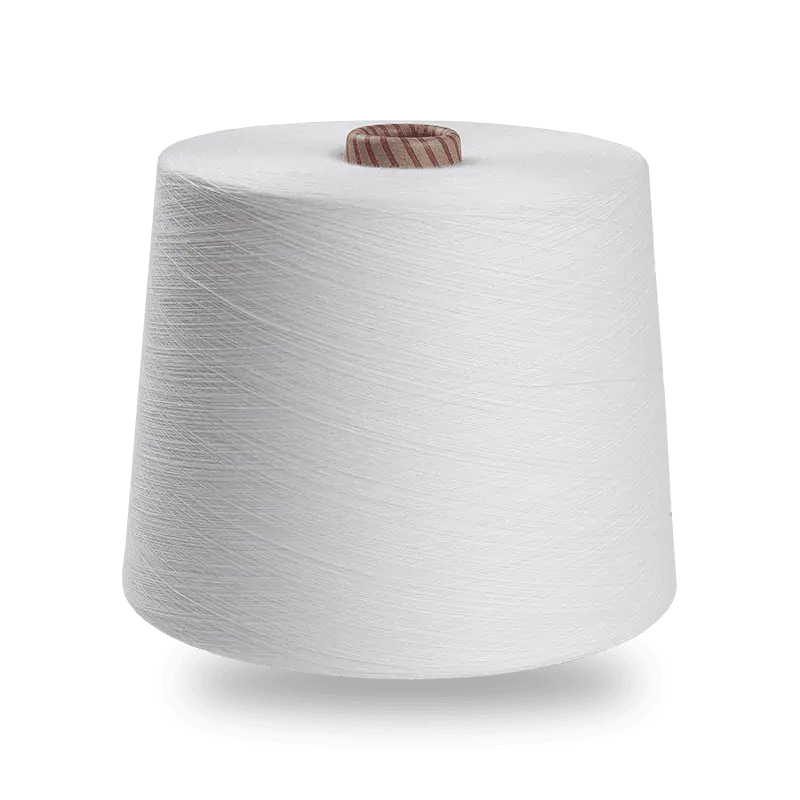When it comes to producing high-quality Nylon 6 DTY, the often-overlooked step of intermingling plays a crucial role in defining the yarn’s performance and handling characteristics. Intermingling is a specialized process where loose filaments within the yarn are entwined through air jet or mechanical means to form a compact, cohesive structure. This step is not just a formality; the degree of intermingling—ranging from no-intermingling (NIM) to slight-intermingling (SIM), and high-intermingling (HIM)—directly influences the yarn’s stability during subsequent processing stages and the quality of the finished fabric.
No-intermingled (NIM) Nylon 6 DTY consists of filaments that remain relatively loose and parallel, which can be advantageous for certain applications requiring high bulkiness or specific textural effects. However, NIM yarns may pose challenges in handling, as the loose filaments tend to separate easily during weaving or knitting, potentially leading to increased breakage or uneven fabric surfaces. Manufacturers aiming for smooth processing and consistent fabric quality often prefer intermingled yarns, as the intertwined filaments help maintain integrity and reduce hairiness.
Slight-intermingled (SIM) yarns strike a balance by gently binding filaments without overly compacting the yarn. This moderate level of intermingling enhances cohesion just enough to improve processing efficiency while retaining the desirable elasticity and fluffiness characteristic of Nylon 6 DTY. For textile producers focused on applications like high-density knitting or warp knitting, SIM yarns provide a dependable choice, facilitating faster machine speeds and reducing downtime caused by yarn breaks or entanglements.
High-intermingled (HIM) Nylon 6 DTY features tightly bound filaments that form a dense and uniform yarn cross-section. This configuration offers superior resistance to filament slippage and significantly improves yarn tensile strength, which is particularly beneficial in demanding manufacturing processes or when producing fabrics that require high durability and smooth surface finishes. HIM yarns excel in applications such as technical textiles and performance wear, where fabric longevity and consistent appearance are key selling points. However, the compact nature of HIM can sometimes reduce the yarn’s natural fluffiness, which might not be suitable for all textile designs.
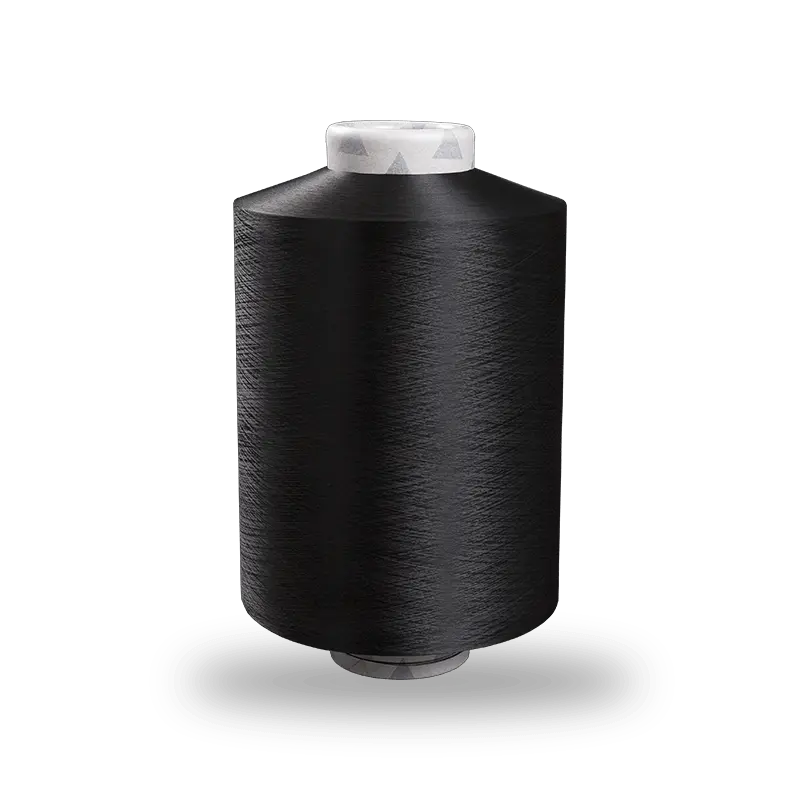
Understanding these distinctions allows manufacturers and fabric designers to tailor Nylon 6 DTY selection according to specific end-use requirements. Whether aiming for enhanced machine productivity, optimized fabric hand feel, or superior durability, choosing the right intermingling level is a vital step in the production chain. It’s a nuanced decision where a deep understanding of yarn behavior translates into better product performance and customer satisfaction.
As a manufacturer committed to quality and innovation, we utilize state-of-the-art intermingling technologies that allow us to offer Nylon 6 DTY in various intermingled forms. This flexibility enables our clients to select yarns perfectly aligned with their production goals, ensuring that every batch of fabric made from our yarns stands out in quality and consistency. Through rigorous testing and industry experience, we ensure that the intermingling process enhances—not compromises—the inherent advantages of Nylon 6 DTY.
In conclusion, the choice between NIM, SIM, and HIM Nylon 6 DTY is more than a technical detail; it’s a strategic factor that influences manufacturing efficiency, fabric aesthetics, and end-product performance. For those invested in producing premium textiles, understanding and leveraging intermingling levels is a pathway to achieving excellence in both yarn quality and fabric innovation.


 English
English 中文简体
中文简体 Español
Español عربى
عربى
